Testing Method and Film Material
Five Common Film Materials
1.PA (Nylon)
PA has good barrier performance, transparency, puncture resistance and other mechanical properties; easy to absorb moisture and deform, and the barrier performance of PA after moisture absorption is also greatly reduced.
Application
It is widely used in food packaging, mostly for the barrier layer of three-layer or multi-layer composite materials; Commonly used in composite material inner layer (middle layer of ham packaging)
2.EVOH (Ethylene/Vinyl Alcohol Copolymer)
EVOH has high gas barrier property, fragrance retention, moisture absorption and gas barrier effect after moisture is attached, oil resistance, good thermal stability; high mechanical strength, elasticity, surface hardness, wear resistance High gloss, low haze, high transparency, UV-resistant
Application
EVOH is made of composite film intermediate barrier layer, used in all rigid and flexible packaging; used in aseptic packaging, hot pot and retort in the food industry Bags, packaging dairy products, meat, canned juices and condiments, export seafood is vacuum-packed with PE/EVOH/PA/RVOH/PE five-layer co-extrusion film.
3.PVDC (polyvinylidene chloride)
PVDC is an ideal packaging material with high barrier properties, strong toughness, low-temperature heat sealing, good heat shrinkage and chemical stability. Acid and alkali resistance, oil immersion resistance and resistance to various chemical solvents
Application
PVDC is widely used in the packaging of food, medicine and military products. Its processing technology is high and difficult, and PVDC single-layer film is now extruded for casing film or multi-layer co-extruded film.
PVDC latex coating is mainly used for hard sheet composite film and pharmaceutical blister packaging (blisters laminated with PVDC and aluminum foil)
4.BOPET (polyester)
BOPET has high tensile strength, high light transmittance, good appearance, good printability, good barrier properties.
Application
Mostly used for printing layer or barrier layer. Intermediate glue pretreatment polyester film, which can be more widely used in food and detergent packaging that require special requirements such as moisture resistance, damage resistance, and oxidation resistance, or in electronic materials, audio-visual substrates, etc.
The BOPET film produced by the casting process has high mechanical strength, good stiffness, and certain barrier properties. It is a medium barrier material and has good printability.)
9 Most Important Physical Testing Items for Film
1. Testing about Tensile Breaking Strength
Tensile breaking strength is crucial for assessing the ability of film materials to withstand stretching forces without rupturing. It’s particularly important in applications where the film may be subjected to tensile stresses during handling, transportation, or use.
– Example: In the packaging industry, films used for stretch wrapping or securing goods need to have sufficient tensile breaking strength to prevent them from tearing or breaking under tension.
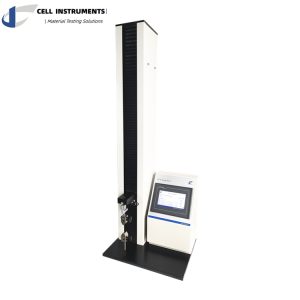
2. Teesting about Elongation
Elongation measures how much a film material can stretch before it breaks. This property is vital for applications requiring flexibility and resilience, such as in agricultural films for covering crops or in medical films for bandages.
– Example: A stretch film used for pallet wrapping needs to have high elongation to securely wrap around irregularly shaped loads without tearing.

3. Testing about Puncture Resistance
Puncture resistance assesses a film’s ability to withstand penetration by sharp objects. It’s critical for packaging materials to protect contents from punctures during handling, storage, and transportation.
– Example: Packaging films used for shipping delicate items like electronics or pharmaceuticals need high puncture resistance to prevent damage from sharp edges or impacts.

4. Testing about Tear Resistance
Tear resistance measures a film’s ability to resist tearing when subjected to tearing forces. It’s essential for ensuring the durability and integrity of packaging materials, preventing tears that could compromise product protection.
– Example: Tear-resistant films are commonly used in heavy-duty packaging applications like construction materials or industrial bags where tear resistance is paramount.

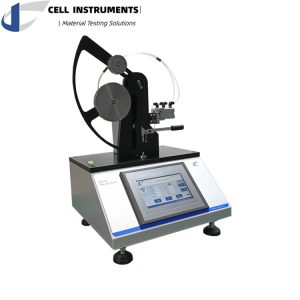
5. Testing about Heat Shrink
Heat shrink testing determines the extent to which a film material shrinks when exposed to heat. It’s crucial for applications such as shrink wrapping, where precise control over shrinkage properties is necessary for proper packaging and product presentation.
– Example: Heat shrink films are widely used in packaging consumer goods like CDs, DVDs, or food products to provide tamper-evident seals and aesthetic appeal.
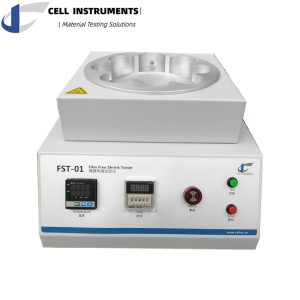
6. Testing about Heat Seal Strength
Heat seal strength measures the strength of the seal formed when two layers of film are heat-sealed together. It ensures the integrity of sealed packages, preventing leakage, spoilage, or contamination.
– Example: Food packaging films require strong heat sads or gases.
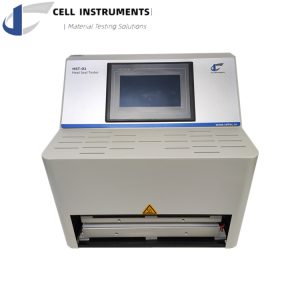
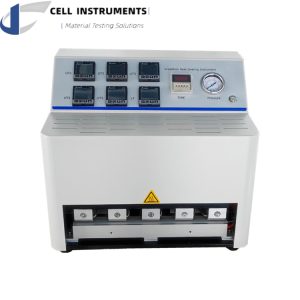
7. Testing about Thickness
Thickness testing determines the thickness of film materials, which is critical for controlling product quality, ensuring consistency, and meeting specific application requirements.
– Example: In the manufacturing of flexible packaging films, precise control over thickness is essential to achieve desired barrier properties, printability, and mechanical strength.
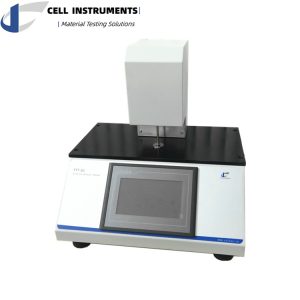
8. Testing about Impact Resistance
Impact resistance assesses a film’s ability to withstand sudden impacts or shocks without breaking or deforming. It’s crucial for packaging materials exposed to rough handling during transportation or storage.
– Example: Films used for protective packaging, such as bubble wrap or air cushioning materials, need high impact resistance to cushion and protect fragile items from damage during shipping.
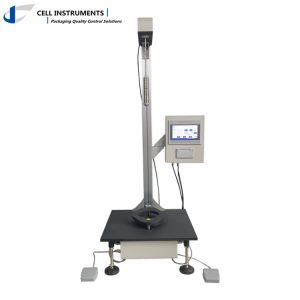
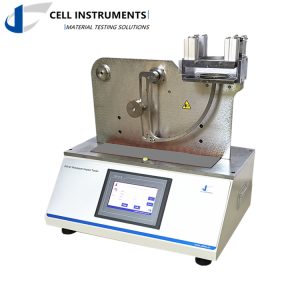
9. Testing about Coefficient of Friction
The coefficient of friction measures the frictional properties of a film’s surface against other materials. It’s essential for applications requiring controlled sliding or friction, such as packaging or printing processes.
– Example: Films with low coefficients of friction are used in packaging applications where smooth sliding is necessary, such as conveyor belts or automated packaging lines, to prevent jams and ensure efficient operation.
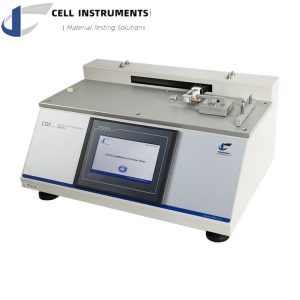
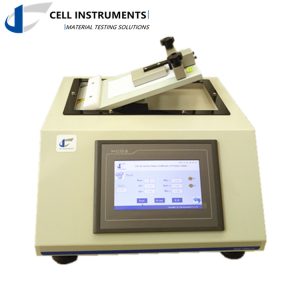
Welcome to learn more about material testing——Medical related testing.
